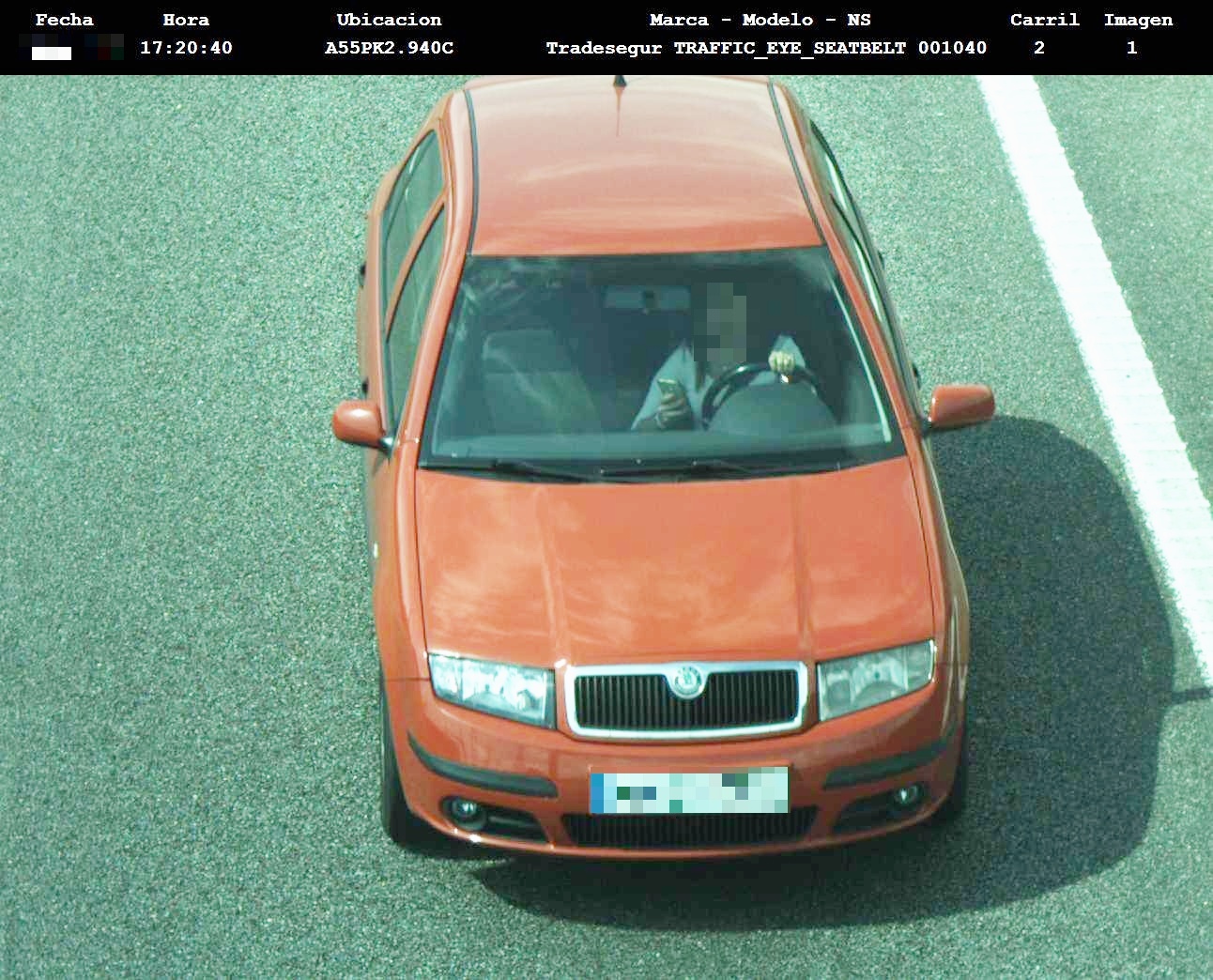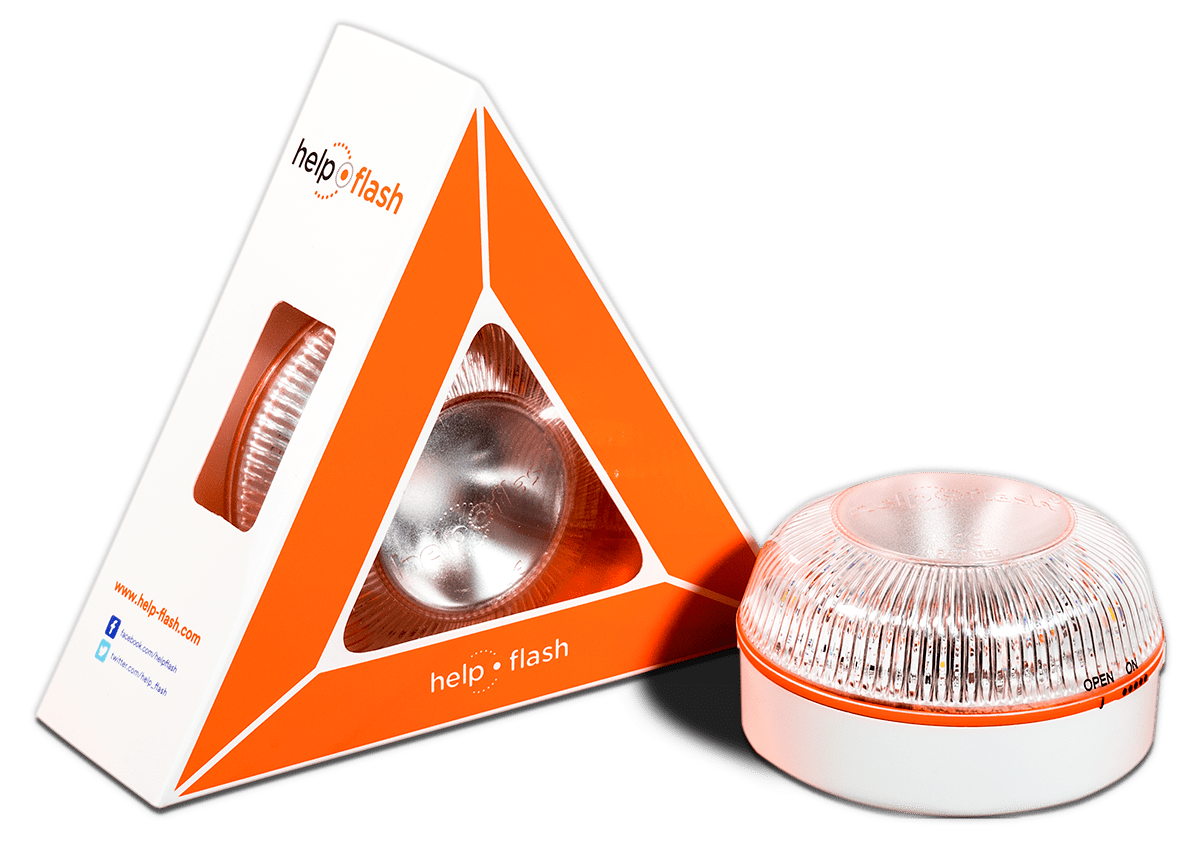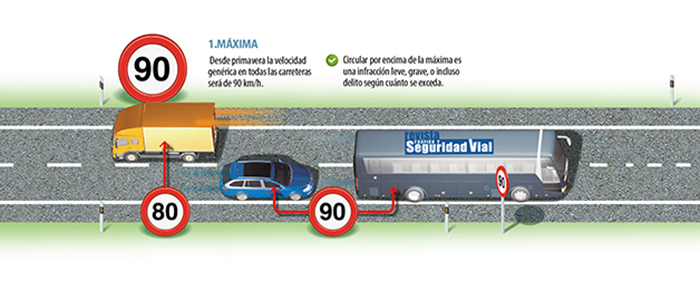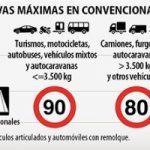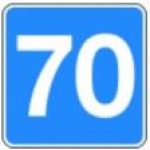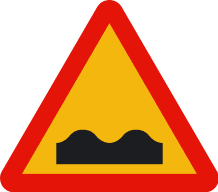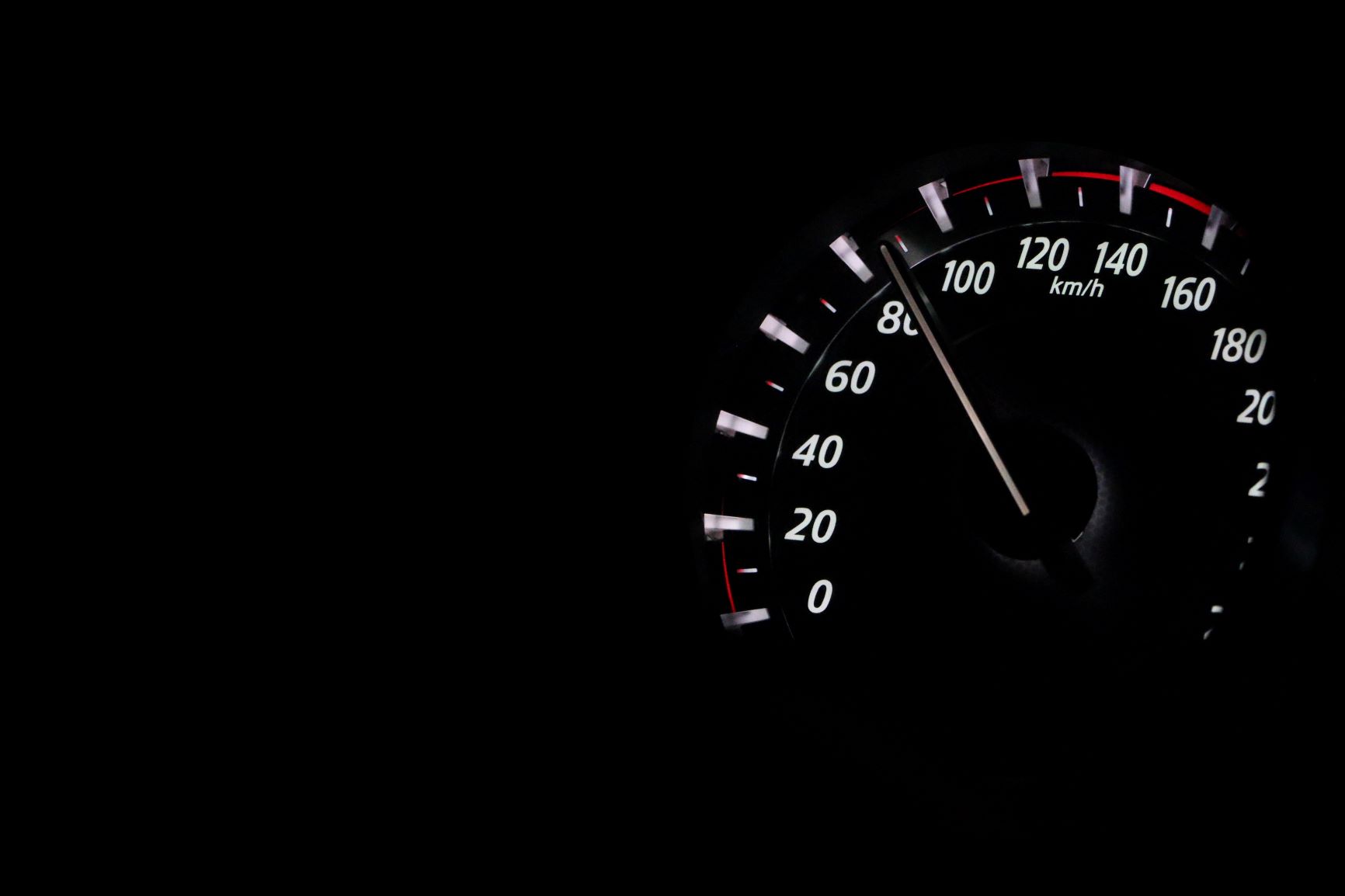With the start of Holy Week holidays for millions of citizens, the DGT started the first phase of the special Easter traffic operation.
The purpose was to order, regulate and give security to the 3.9 million long-distance journeys that will take place during those two and a half days.
Last year, 31 people were killed and 159 others were injured in Holy Week.
Extra vigilance for your protection
To avoid accidents, the DGT will deploy all the means at its disposal:
The first of them, the presence of more agents on the roads. There are an extra 400 civil guards on traffic duties. Last year there was a total of 8,800. This year a total of 9,200 traffic agents.
The 216 cameras that DGT has installed on the roads to control the use of the seatbelt, will also be used to systematically control and report the manual use of a mobile phone while driving. As can be seen in the image, the cameras capture the use of this device, so that any driver that is caught by this means will be denounced with a penalty of 200 euros and a penalty of three points deducted from their licence.
264 camouflaged vehicles that will travel along the roads and will monitor compliance with the traffic regulations, with special emphasis on monitoring the use of the mobile at the wheel. Plus
The eye in the sky
To monitor compliance with speed limits, the 724 fixed speed control points will add the 557 mobile radars that go in vehicles of the Traffic Group.
From the air there will be 10 operational helicopters and 8 drones prepared to monitor and regulate the roads.
Intensification of alcohol and drug controls In the last Easter Week, 4 out of every 10 people that died had used alcohol above the permitted limit. The rest of the year the percentage of positive is 1 in 4.
All these means are aimed at preventing accidents, since distractions, especially the manual use of the mobile, speed, alcohol and non-use of the seat belt are the main causes of road deaths.
100 died because of the imprudence of others last year
As a consequence of these factors, more than a hundred people die in a traffic accident, who were in compliance with the regulations and who had a correct roadside behavior, but because of the imprudence of others, their lives and those of their associates were cut short.
